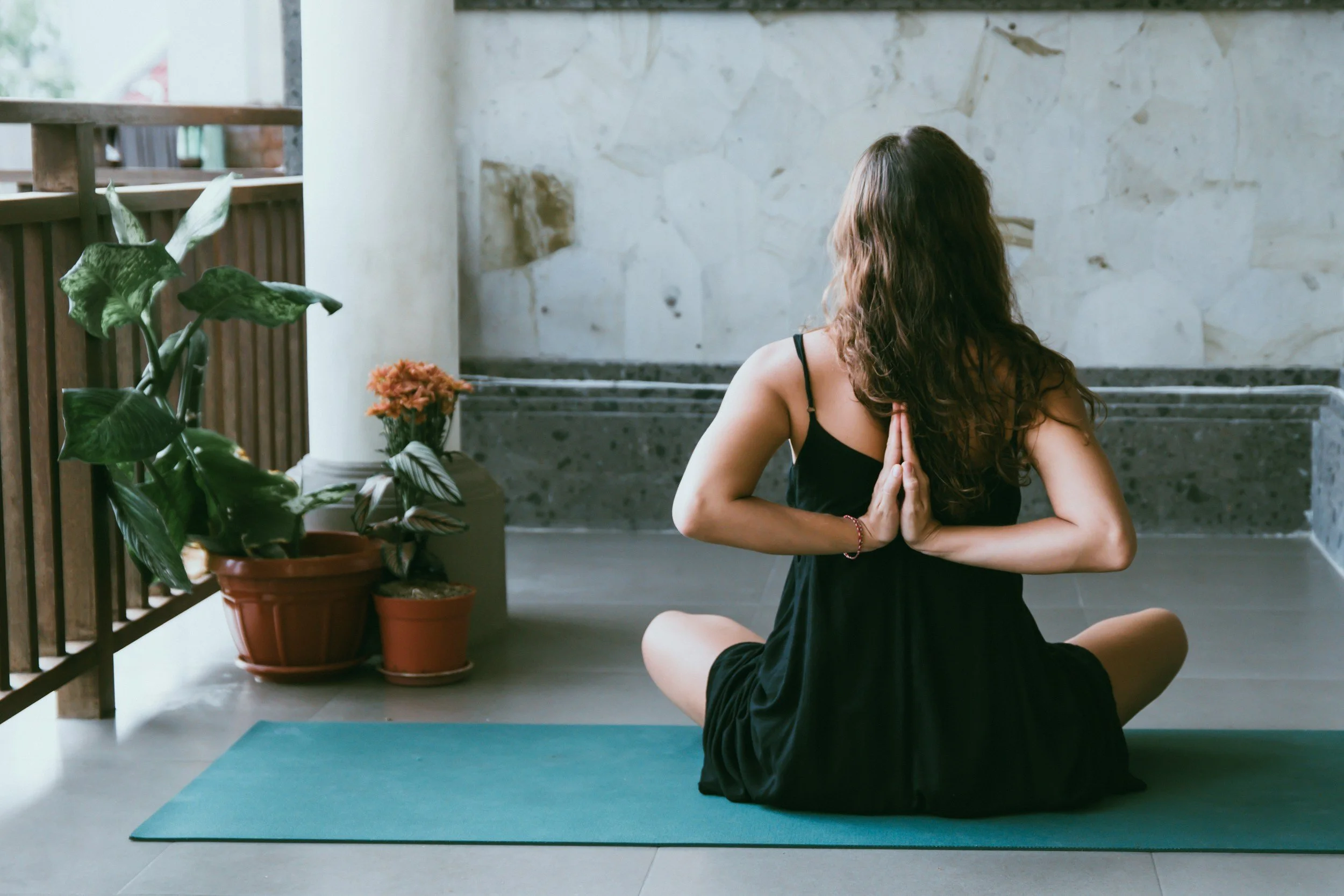Yoga and Mental Health: A Deeper Science + Spirituality Breakdown
🧠 The Science of Yoga and the Brain
Neuroplasticity: Repeated yoga practice strengthens the prefrontal cortex (the part of your brain that helps with decision-making, emotional regulation, and focus). At the same time, it quiets the amygdala, the alarm center that fuels anxiety and fear.
Neurochemistry: Yoga boosts levels of gamma-aminobutyric acid (GABA), a neurotransmitter that reduces anxiety. Low GABA is linked to depression and panic disorders—yoga helps naturally restore balance.
Stress Hormones: Regular practice decreases cortisol and adrenaline. Studies show even a single session of yoga can lower blood pressure and heart rate, signaling the nervous system to relax.
🌬 Nervous System Regulation & Emotional Resilience
Vagus Nerve Activation: Breath-focused yoga stimulates the vagus nerve, which plays a major role in calming the body. This improves heart rate variability (HRV), a marker of resilience to stress.
Somatic Awareness: Moving slowly through postures while noticing sensations teaches the brain that the body is safe. This reduces hypervigilance (often present in anxiety and trauma).
Window of Tolerance: Yoga expands your “emotional capacity”—you learn to stay grounded in situations that used to trigger overwhelm.
🌿 Trauma & Stored Stress
Trauma often gets “stuck” in the body as muscular tension, shallow breathing, or nervous agitation.
Yoga provides a gentle way to complete the stress cycle—through movement, shaking, stretching, and conscious rest.
Trauma-sensitive yoga emphasizes choice, agency, and safety, which helps rewire the nervous system from hyperarousal (fight/flight) or collapse (freeze) into regulation and presence.
🙏 Spiritual Dimension of Healing
Embodied Prayer: Many describe yoga as “moving prayer.” Every inhale and exhale can become a dialogue with God, Spirit, or your inner wisdom.
Union & Connection: The word yoga itself means “union.” It reminds us that healing doesn’t happen in isolation—it’s about reconnecting with self, others, and the Divine.
Scriptural Parallels:
“Be still, and know that I am God.” (Psalm 46:10) — mirrored in meditation and savasana.
Breath practices echo spiritual traditions: in Hebrew ruach, in Greek pneuma, in Sanskrit prana—all mean both “breath” and “spirit.”
Yoga is one way of experiencing this sacred link between breath and Spirit.
🌟 Practical Rituals for Daily Life
Morning: 5 minutes of breathwork (box breathing, alternate nostril, or simply pausing with hand on chest). Set a scripture, mantra, or affirmation for the day.
Midday Reset: Gentle poses (child’s pose, forward fold, cat-cow) with prayer or mindfulness.
Evening Wind-Down: Slow yin or restorative yoga by candlelight, paired with a scripture, gratitude prayer, or reflective journaling.
✨ Takeaway
Yoga is not about achieving the “perfect pose.” It’s about creating space inside your body and mind where healing, clarity, and connection can occur. Science confirms what ancient wisdom has always known: when you regulate the breath, move with awareness, and enter stillness, you not only restore the nervous system—you awaken the spirit.

